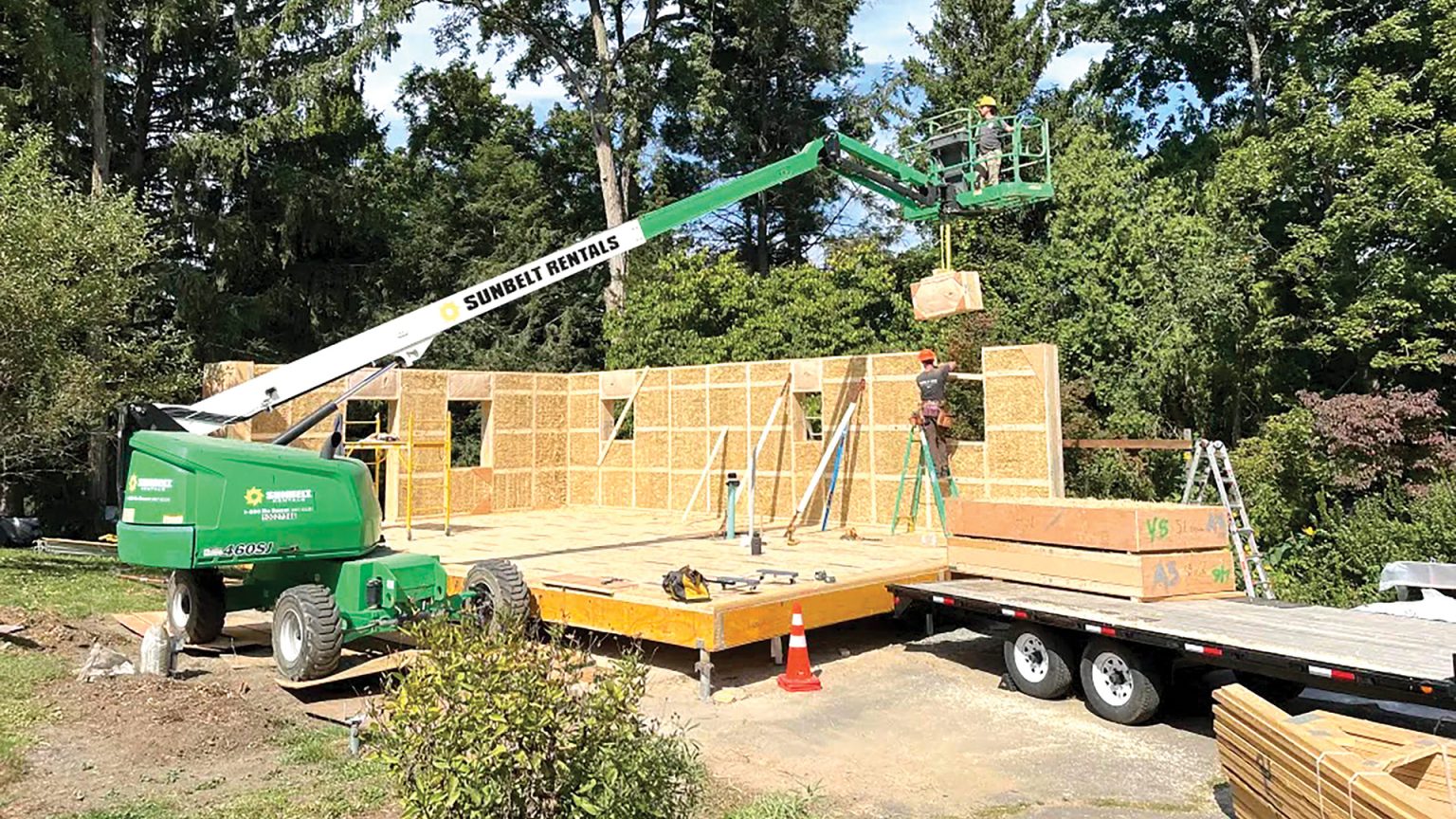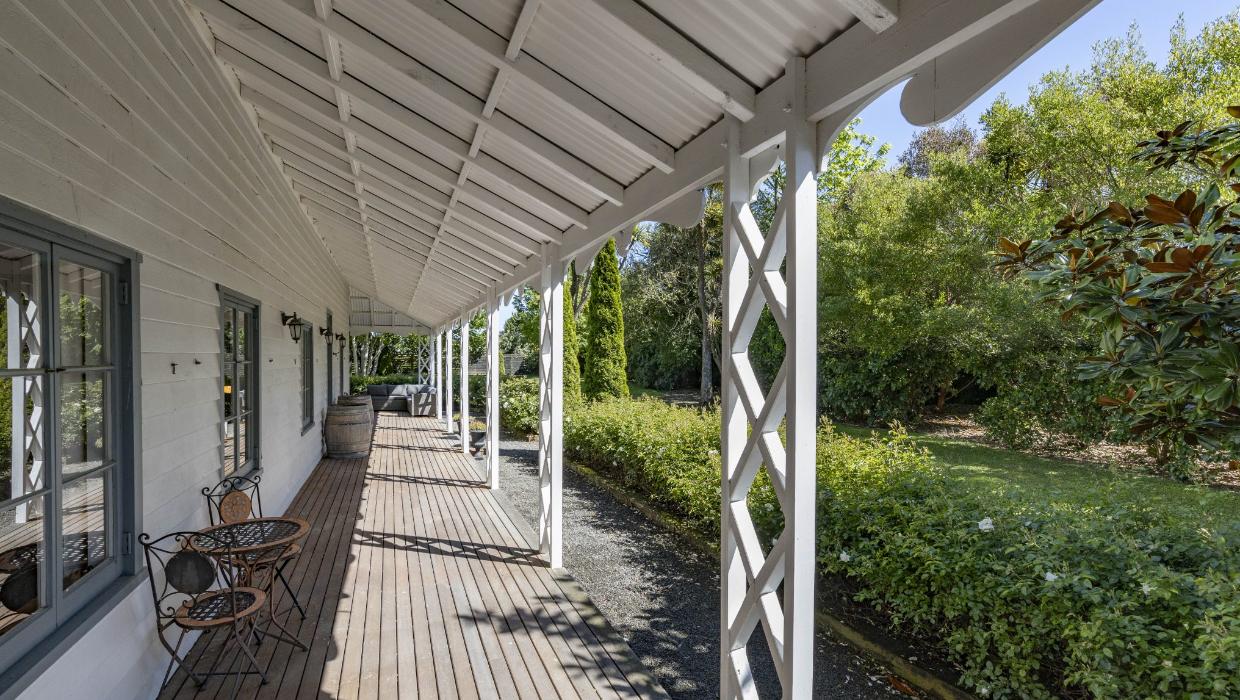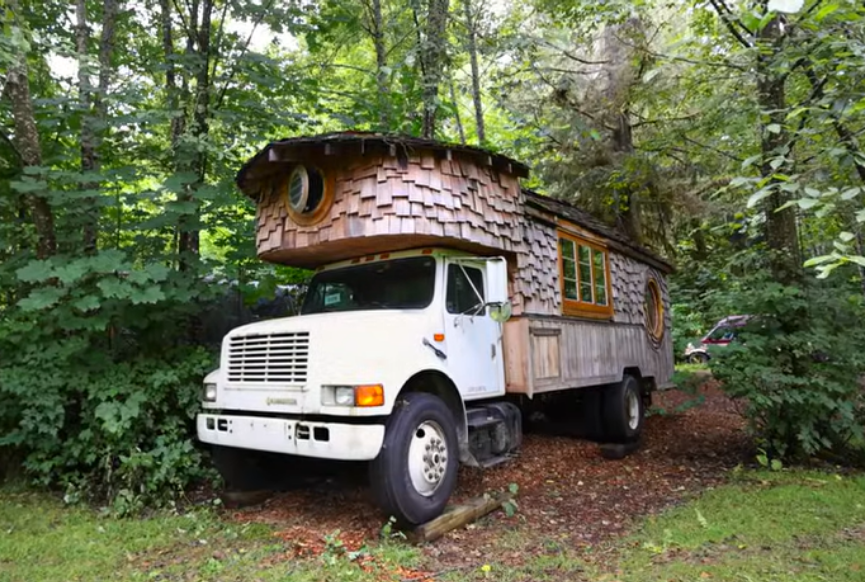The Value of Rammed Earth
Rammed Earth House in England is a residence designed by Tuckey Design Studio, that combines renovated brick buildings with new rammed earth structures, using the clay soil on the site. The client wanted some run-down buildings on site to be demolished—but rather than this rubble being wasted, they used it as the aggregate for the … Read more






